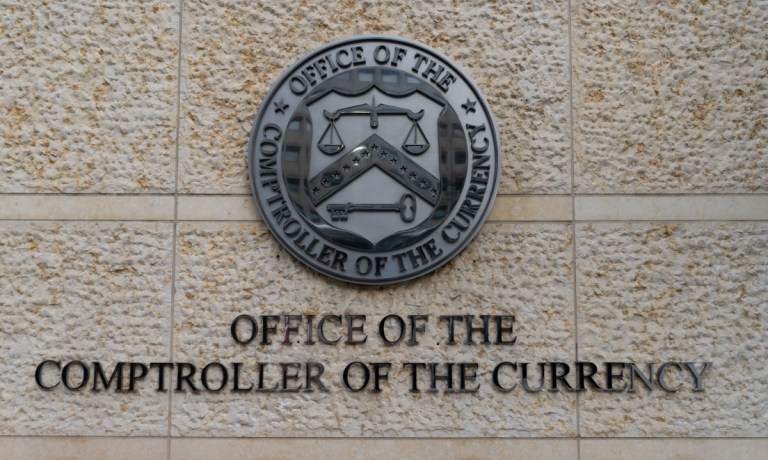
This week, Michael Hsu, acting comptroller of the currency at the Office of the Comptroller of the Currency (OCC) called on U.S. financial institutions (FIs) to take steps to serve newly arrived immigrants before they can slip into the ranks of the country’s unbanked.
“The OCC encourages banks to pursue opportunities to serve new Americans so that they fully benefit from our financial system and so that banks gain from growing sectors of the economy,” he said.
Hsu shared his views during a recent public meeting of the Financial Literacy and Education Commission.
“Serving this population is no small part of supporting a financial system that is inclusive and fair as well as safe and sound,” Hsu said. “It also is an important opportunity for the future of banking.”
Among Hsu’s suggestions to FIs: provide services and materials in languages other than English; consider partnering with immigrant-serving organizations; and look for opportunities to provide credit access to those now lacking credit scores.
Indeed, PYMNTS Intelligence’s data confirms that his last suggestion — ensuring Americans can access credit — is crucial to determining how they fare in the U.S. economy. PYMNTS research shows 65% of U.S. consumers who say they struggle to make ends meet regularly rely on revolving credit products. Meanwhile, the Federal Reserve recently reported consumers are slightly pessimistic about their ability to access credit going forward.
Additionally, in compiling the “FinTechs’ Role in Improving Access to Lending Services Tracker,” PYMNTS Intelligence found that many Americans — especially younger ones — now have a hard time qualifying for everyday lending products such as credit cards and personal bank loans. And 48% of Generation Z consumers and 57% of millennials say the reasons are low credit scores.
Part of this can be attributed to financial illiteracy. A separate PYMNTS Intelligence report found 29% of Generation Z consumers do not even know their credit scores.
Whatever the barriers to accessing credit may be, the end results can be harsh. As “FinTechs’ Role in Improving Access to Lending Services” explains, without having access to traditional lending vehicles, consumers often find themselves having to use other sources of credit — sources that generally come with two major drawbacks.
First, these methods typically are saddled with expensive fees and steep interest rates that far exceed rates found in traditional products.
Payday loans, for example — one of the most common lending options for unbanked consumers — can have interest rates as high as 652%. And even if consumers live in states providing payday loan protections, 100% interest rates are not uncommon. For context, at the time the Tracker was produced, the average APR for credit cards was around 23.84%.
The second drawback in using lenders who operate on the sidelines of the financial mainstream is that, in most cases, successfully paying them off does nothing to improve the borrower’s credit score. In other words, responsible use of their products won’t grant access to cheaper lending options down the road.
As Hsu said this week, ensuring unbanked immigrants have access to credit represents an “important opportunity” for FIs seeking to build their client base. But, as PYMNTS Intelligence data shows, that opportunity extends across a wide variety of consumers who are now unable to qualify for mainstream financial products.